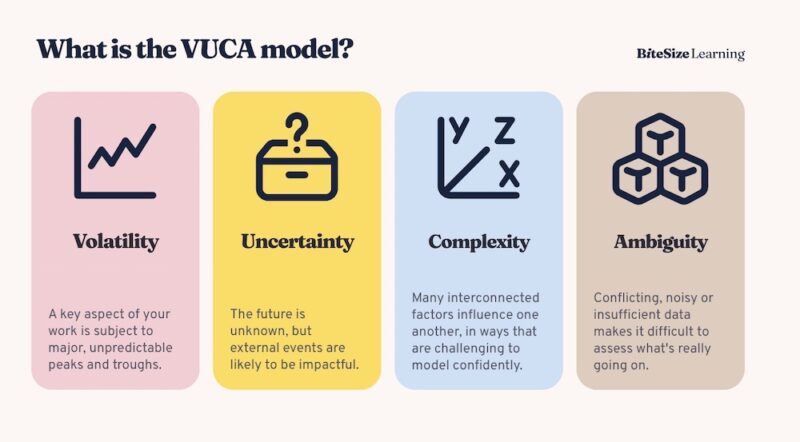Why advertising often doesn’t work, anymore
Working in research over more than a couple decades, one question that often comes to mind (increasingly over time), is why more advertising isn’t better? Perhaps it is me just getting older, and reflecting on the ‘good old days’ of advertising. Or maybe is it the reality of increasingly conservative clients, shrinking budgets or creative talent getting a bit lazy?
It is a confronting thought that much of the $9B+ Australian advertising spend and growing (6.9%), may be ineffective. From a February 2023 Mumbrella article in relation to Australian advertising spend in the previous year, “digital media is now the largest on a standalone basis (with digital-related ad spend from other media included). The fastest-growing digital sector remains social media, whose total ad spend was up 14.7 per cent for the year. Meanwhile, outdoor and cinema are both on the road to recovery with a jump of 24.6 per cent and 82 per cent in booking respectively”.

There is a hunger from our research participants for more (good) advertising, and appreciation of the value in building brands and sales. Reactions to unique campaigns in focus group testing is typically pleasing, even more cryptic early ideas. As someone who has tested upwards of hundreds of new campaign ideas, generally those that succeed are offering something new and memorable.
Too often the (not so) creative ideas are felt by the research participants to be a bit contrived, repetitive of the category status quo and failing to be as clever as it could. Focus groups generally don’t kill good ideas, if moderated by suitably skilled and experienced researchers, the ideas that fail are those that are hard to keep the participants awake. The safe, yet boring concepts.
Yes, I am biased, but I always cringe at focus group bashing, blaming the research for killing the idea. The reality is far more complex. The problem is generally not about focus groups nor creative talent, but advertising clients.
Mediocre clients are the proverbial elephant in the room when it comes to allowing mediocre advertising. Allowing poor and non-effective advertising to exist.
Such clients fail to allow time to research the target audience and find true insights to base the campaign on, so the outcome is an idea without a connection to reality. Or, cutting other corners, such as budget in the early research, creative development or media buy. Good budgets do not guarantee strong campaigns, but most certainly help.
A budget campaign is likely made with constraints, so the outcome has a higher chance of not being noticed, memorable or impactful. Creativity comes with talent and time, and clients constraining this financially or otherwise are naive.
No marketer ever intends to be a poor advertising client, often they do not have such self-awareness. Other times they are in an organisation where reality trumps the ideal, the desire. It would be nice to have a larger budget, yet the c-suite will not approve this. Financial reality sucks, and can kill creative.
A key marketing leadership skill in government and corporate, is the ability to sell the case for well invested and considered creative to senior decision makers, boards, ministers and others. The case as to why a strategic piece of brand building, or game changing creative, will ultimately have a stronger ROI. It is critical for articulate and compelling marketers influencing long term decisions in organisations.
Critical in this is the ability to sell the case for marketing – what works and what does not.
Much of the work Square Holes does is exploring, measuring and illustrating this. The monitoring of changes in brand recall, intention, narrative and behaviours over time. Including what is influencing this. Or, digital, sales and other media extrapolation and analysis to illustrate marketing impact or not. The biggest gap marketing faces is unequivocal evidence as to its return on investment. Sadly, often marketing does not have a measurable impact. It can be more hope than reality.
Even when a brilliant campaign is created, even award winning, clients can under-invest in media in a consistent manner to allow the campaign to be measurably seen. Thereby the campaign is as a tree falling in the forest, did anyone see it? Stop-start media rarely creates sustained impact. Perhaps, too much of the limited campaign budget was spent on the ad creative, evaporating the media budget. A great ad, with no visibility is a too common sad situation.
Media buying is more complex than ever. While digital is measurable through the easy-to-use new media platforms, engagement levels are generally low. Potentially high volume of impressions, with low levels of campaign recall and call to action. The (not-so) new media landscape has changed the thinking around media advertising from TV, Newspaper, Radio and Outdoor, to a wider choice with easier entry points.
Small businesses can now access advertising easier than ever, yet on the flip side many traditionally larger ad spenders have significantly reduced their spend, as there is a perceived lack of need for large budgets. Digital marketing has extracted away from more strategic omnipresent media spending, to more niche, largely invisible. Traditionally large budgets may not view the need to retain such a spend.
As a consequence our research is often measuring campaign prompted advertising recall levels in surveys (i.e. representative general population surveys of target audience to monitor recall and other key marketing metrics – “have you seen this ad / campaign?”) at around 10-20%. This may go up to sometimes 40-50%, well below recall levels from a decade or so ago, of often up to 70-90%.
With low recall, comes much less impact. Advertising that ultimately is much less effective if not wasted.
In conclusion, the success of advertising campaigns rely on a combination of factors, including a deep understanding of the target audience; a well-considered creative concept; and a robust media strategy. While there is no one-size-fits-all approach to creating effective advertising, the common denominator is the need for marketers to be bold and take calculated risks.
There is more need than ever for robust advertising campaign creative. Well invested budgets for the creative development and omnipresent media spends. Ultimately the responsibility is with clients.
- Do the research, and strategic planning prior to the creative development
- Brief and empower a skilled creative agency to develop a campaign based on a deep insight
- Invest in a media campaign that optimises the campaign reach to the audience
There are many examples of marketing doing it well, including Square Holes’ clients. Please read our case studies including the following …
SA Power Networks creating lifesaving behaviour change with the help of Square Holes




